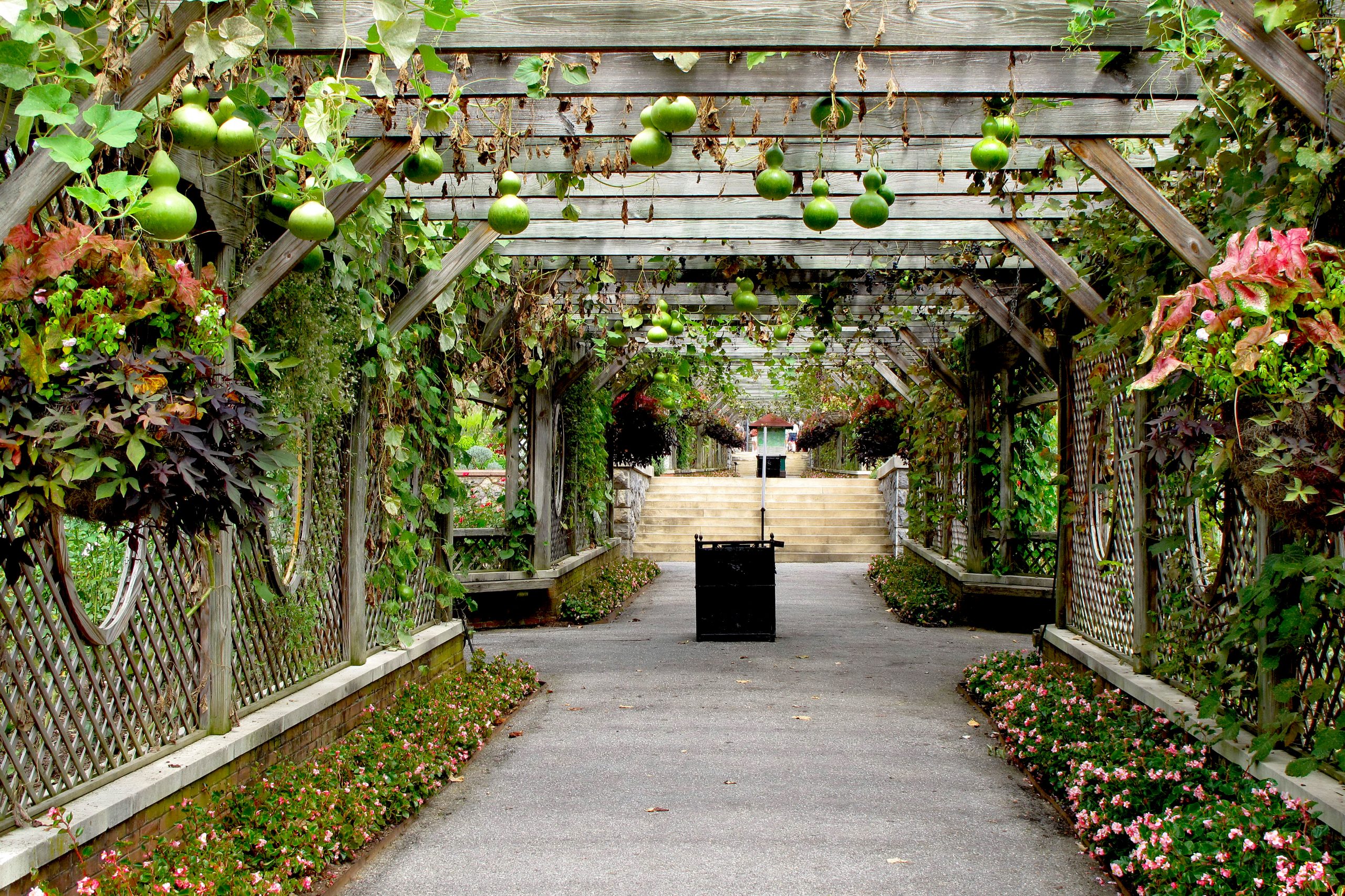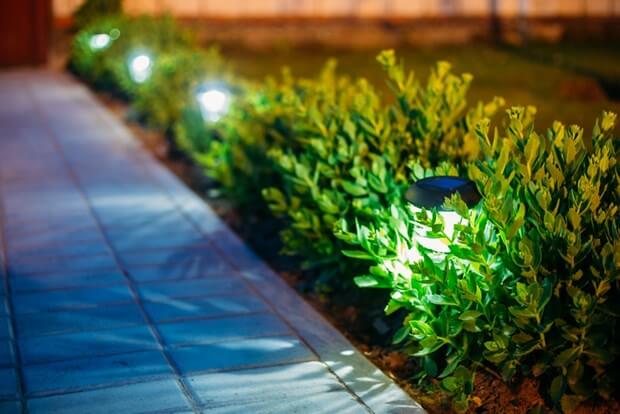Summary
– Hanging garden: definition and origin
– Hanging garden: principle
– Hanging garden: advantages and disadvantages
– Hanging garden: different types
– Hanging garden: setting up
Nature space perfectly adapted to the urban environment, the hanging garden also called a vertical garden, is a horticultural technique that allows the plant’s balcony, terrace, flat roof, and facade. If the principle is not new, it has diversified. Let us discover together the characteristics of the hanging garden, the advantages and disadvantages, and the methods for its installation.
Hanging garden: definition and origin
A hanging garden is a green space no longer located on a horizontal plane but a vertical plane. Utilizing sets of trays or plant walls allows creating a natural ascending environment within an artificial environment.
This notion of verticality is not new since one of the oldest hanging gardens would date back to ancient times. It is about Babylon’s hanging gardens (Iraq), which would have been built under the reign of Nebuchadnezzar II, 600 before our era.
However, it is difficult to date their establishment precisely, as Roman and Greek authors’ writings have been destroyed over time. The excavations of the Babylonian royal palaces, undertaken since 1899 by Robert Koldewey, tried to locate these gardens’ vestiges.
However, subject to controversy, they remain a mystery to this day. Many specialists continue to question their real existence. Some even claim that a bad translation of ancient texts wrongly attributed the wish to build these mythical gardens (the most famous ancient gardens) to Nebuchadnezzar II instead of King Sennacherib. They were located in Nineveh (Iraq), a city more than five hundred kilometres away from Babylon.
In any case, mythical or real, these hanging gardens of Babylon are considered by the world’s great artists as the symbol of paradise.
Good to know: the hanging gardens of Babylon were classified among the Seven Wonders of the World by Philo of Byzantium, a Greek scientist, in the third century BC.
Hanging garden: principle

The hanging garden is an up-to-date solution for growing crops in any location, especially in urban areas, inaccessible areas, public spaces, industrial districts, urban wasteland, and excessively concrete regions.
Even allowing the cultivation of trees on a built structure generally involves planting this type of plant in tubs to reduce its size somewhat as it matures.
Regardless of the plants grown in a hanging garden, it is essential to use a specific, extremely high-quality substrate. It is also fundamental to create a survival environment adapted to the plants in terms of the necessary oxygen supply and their water supply.
The creation of a hanging garden is a tailor-made task that requires the respect of the technical conditions allowing the perfect blossoming of the chosen plants.
Hanging garden: advantages and disadvantages
Advantages of the hanging garden
The hanging garden makes it possible to optimize any available space and, at the same time, to create in any place a green lung essential to life. It is an element that unites architecture and landscape art in the heart of urban density.
This garden offers the possibility of creating a greenery composition that is both useful and aesthetic, and even of planting trees in exceptional places such as rooftops. All types of plants can make up a vertical garden: fruit and ornamental shrubs, decorative plants, vegetable and aromatic plants.
Intensive cultivation is entirely possible in a hanging garden as long as the optimal conditions are met.
It limits the use of pesticides of all kinds, chemical fertilizers, and is water-saving. In this way, it allows answering at the same time to the stakes of the urban cities and the expectations of nature.
The garden is a real solution to fight against the nuisances that originate from urban sprawl actively. In other words, thanks to this mode of cultivation, the plant world invites itself into the city to recreate indispensable biodiversity and wonderful landscaping.
A vertical garden can be used outside as well as inside. It can be laid out in a minimalist space. It is both decorative and a source of well-being.
This post will now continue in part 2 in our next publication. Stay posted, and remember to leave your comments below.



1 thought on “5 Things to Consider for a Hanging Garden (Part 1)”